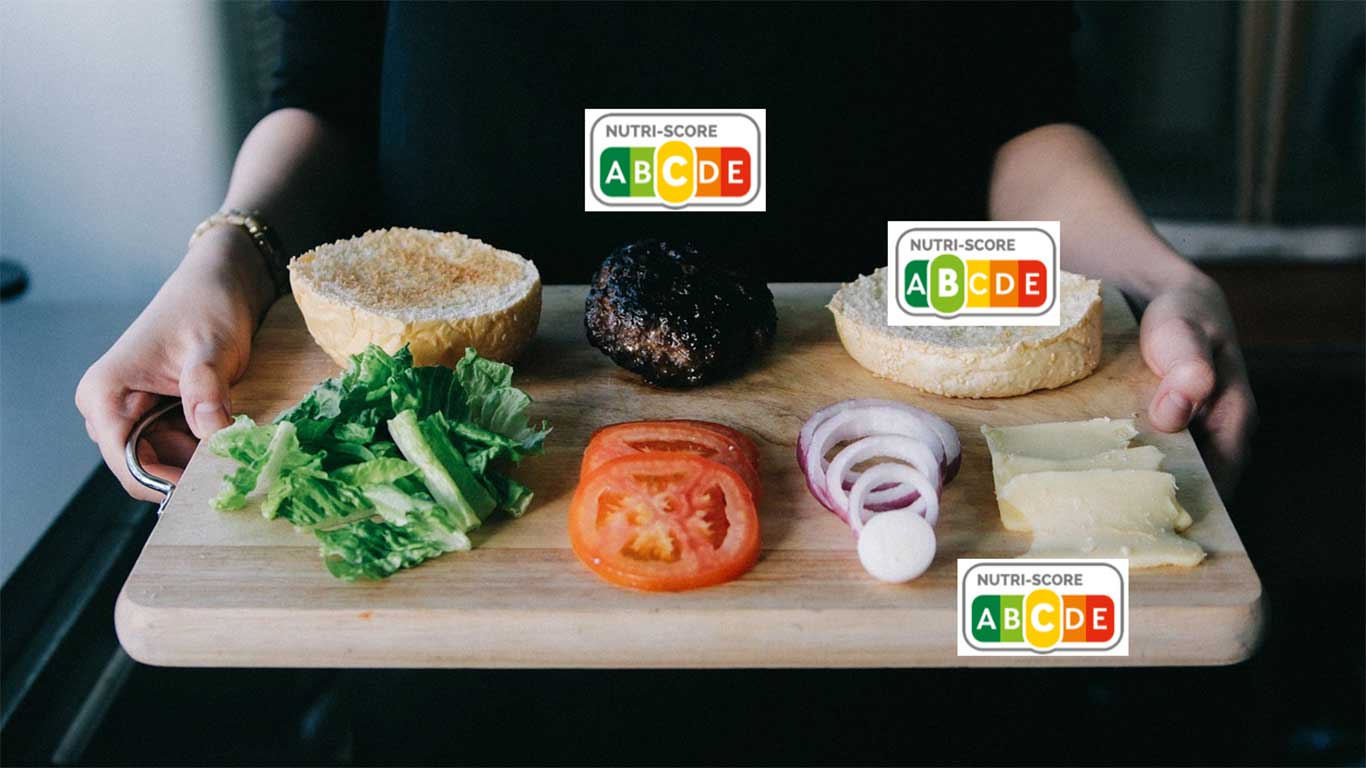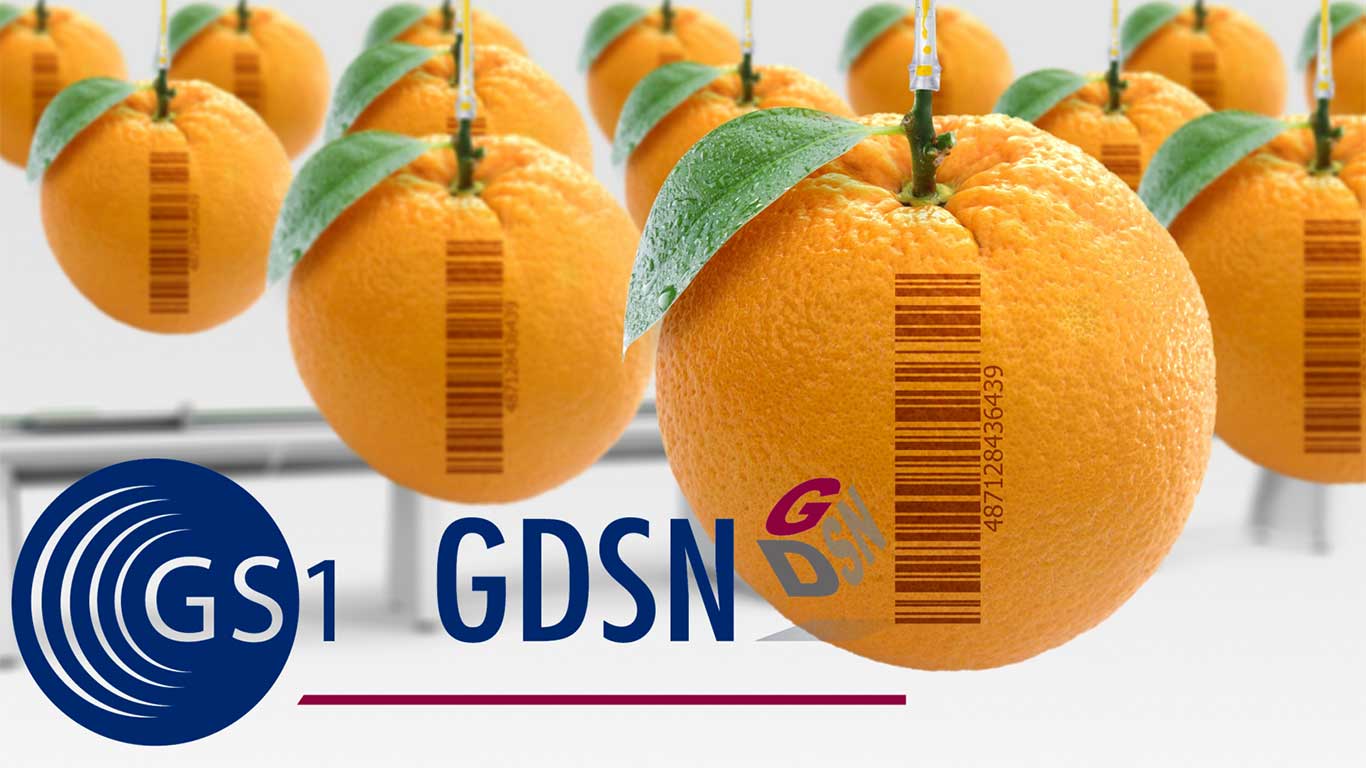Transparency builds consumer trust
‘Eco-friendly,’ ‘green’ and ‘clean eating’ can be subjective terms when it comes to the food and beverage industry – that is why it is imperative that manufacturers provide comprehensive, easy to understand information on product labels – so that consumers can draw their own conclusions.
Consumers are smart, when it comes to food and healthy eating, they want to make the best decision for their family – but they can’t do it alone. It is up to food and beverage brands to improve their labeling strategies and deliver the information that consumers need.
What clean eating really means to consumers
Manufacturers think that consumers are only referring to fresh, uncooked and non-processed food when they discuss clean eating. Recent research indicates that this thought process is flawed – a study by NPD Group indicated that 61 percent of shoppers found packaged food acceptable for clean eating – and 44 percent were okay with consuming processed food.
Most consumers define clean eating as a lifestyle choice, rather than a diet plan. The results of the study also revealed that consumers prefer food that does not contain chemicals, preservatives, artificial flavoring, pesticides and additives.
Free E-Book
Why Blockchain will be a game changer for the food and beverage industry.
This is where clean labels come in. Manufacturers may implement clean sourcing and production practices but communicating these measures to consumers is the first step in developing trust and brand loyalty.
New FDA regulations are value-added opportunities
More than 15 million Americans currently live with food allergies. Recognizing their struggle – and the struggle of consumers who seek healthy, sustainable, clean and green choices – the FDA recently established rules to help consumers easily find important product information on food labels.
Updated FDA labeling rules – information to be included:
- Defining calories as fat
- Per serving language
- Added sugars language
- Daily reference values
Likewise, the European Union implemented requirements for the placement of nutritional values on product packaging. The following standards must be followed for compliance with Europe’s rule-consistent product information requirements:
- Calories
- Fat
- Saturated fats
- Carbohydrates
- Sugar
- Protein
- Salt
Recipe-based fast food
Changes in FDA regulations impact B2B and B2C manufacturers across the industry – including fast food chains. The Obama-era regulation requires that chain restaurants post calorie and nutritional information for all menu items. These new standards apply to any restaurant or food establishment with more than 20 locations, and require that stores provide written nutritional information with details like cholesterol, sodium, sugar and more.
Fast food chains can turn to F&B manufacturers as examples of how to assure quality and responsibly navigate new regulations and expectations.
More than anything, recipe-based manufacturers prove that innovative end-to-end software process solutions are the surest way to stay flexible and protect consumer rights to complete, accurate information on product labels and menus. Comprehensive data capabilities offer important benefits – regardless of whether the new FDA regulations impact current business operations.
Consistency is key
Regulatory standards, like the FDA and European Union requirements are rapidly changing across the globe – virtually as soon as food and beverage companies aligned with regulations, a new rule is passed.
Industry leaders who understand and employ digitalization have a distinct competitive advantage – non-automatized organizations will undoubtedly have a harder time keeping up with consumer demands for clean eating and eco-friendly products.
In addition to fluctuating recipe and production environments, data volumes continue to grow, increasing the possibility of sourcing errors – in a time where consumers demand greater transparency and traceability.
Manually managing recipe-based product data is not the best way forward. The most advantageous solution is an innovative centralized digital product data management system (PDM) that allows manufacturers to put important nutritional information in front of consumers so that they have simple – yet complete – information and can make the best decision when it comes to what they put in their body.




